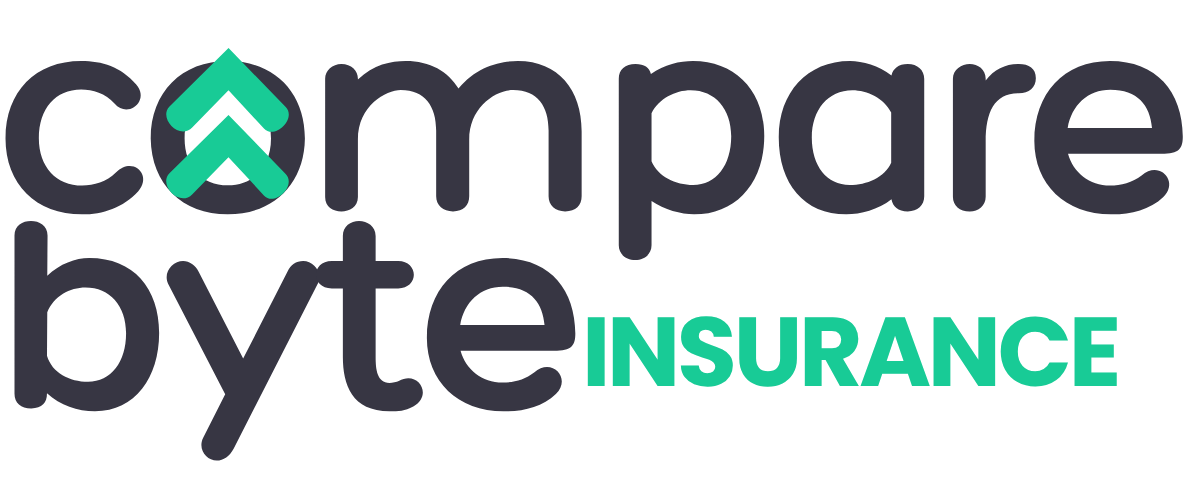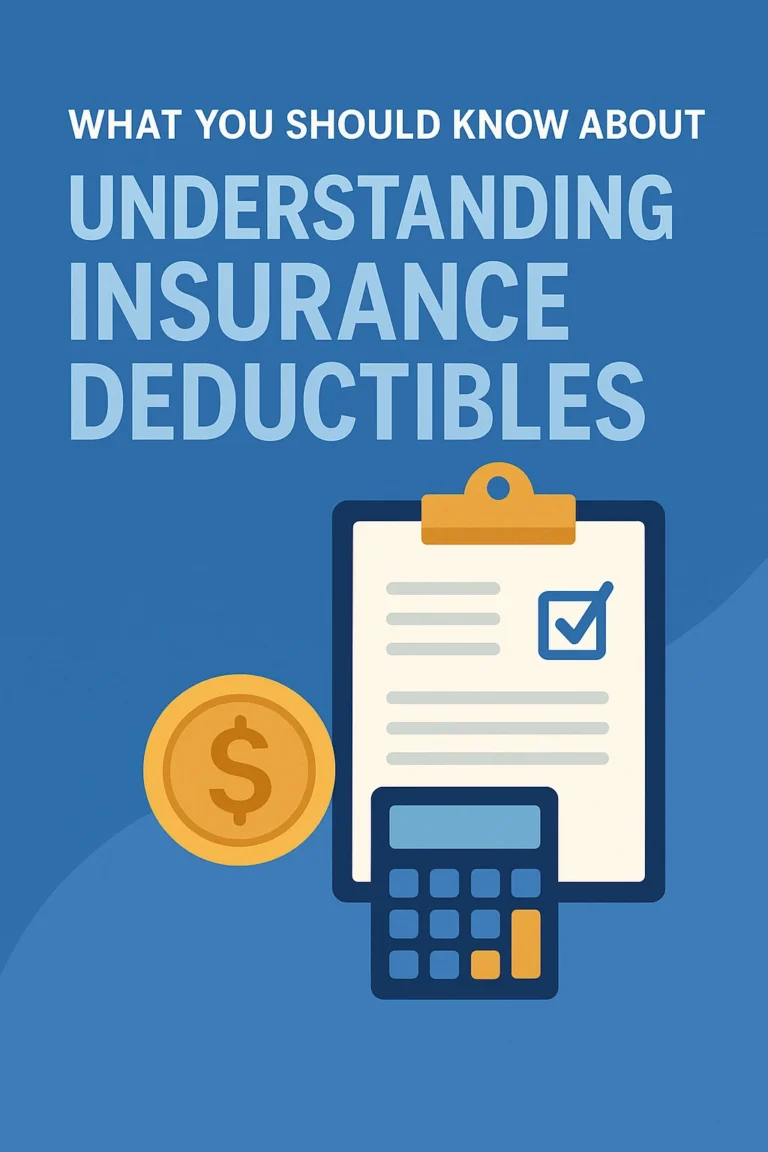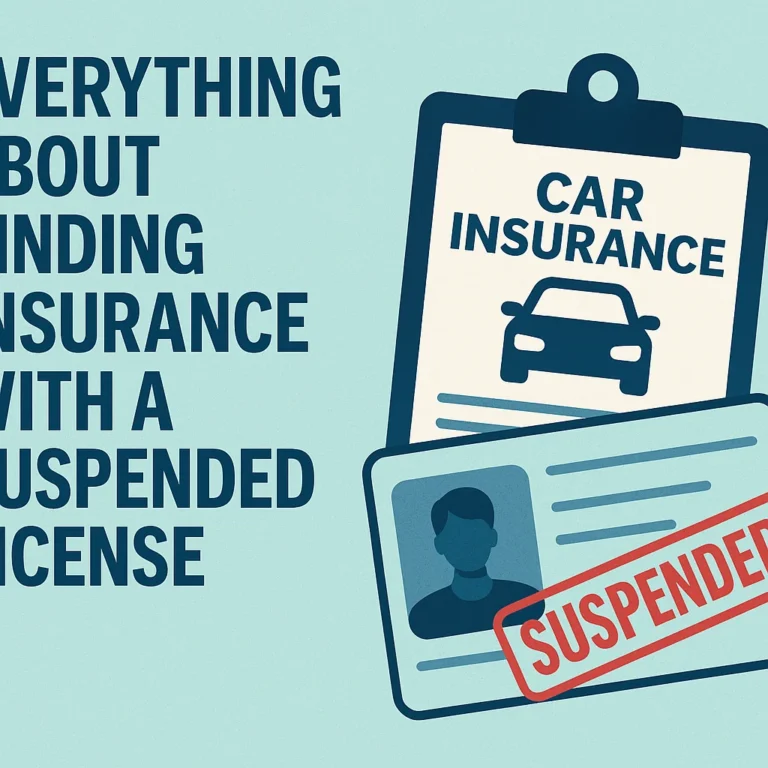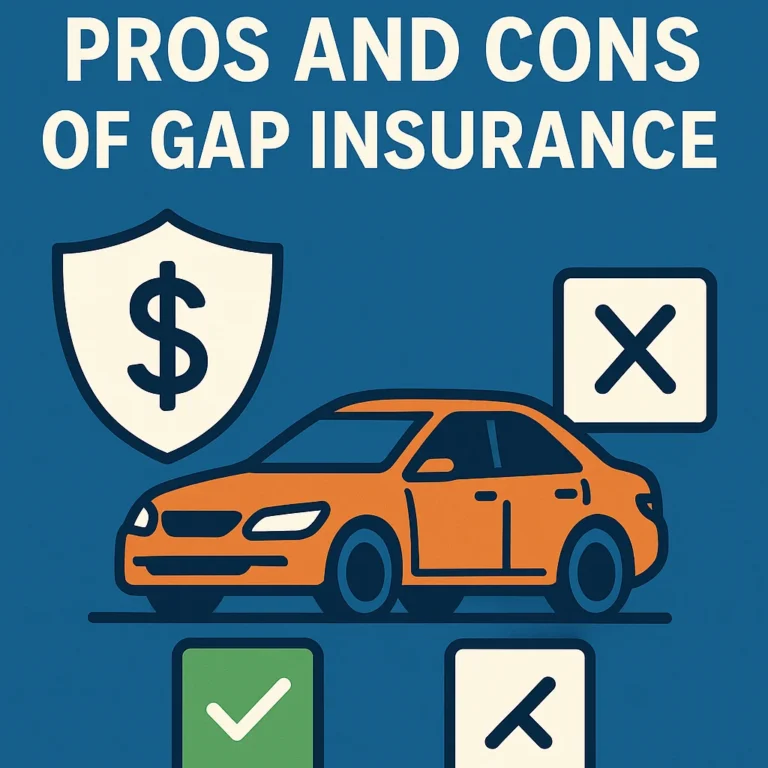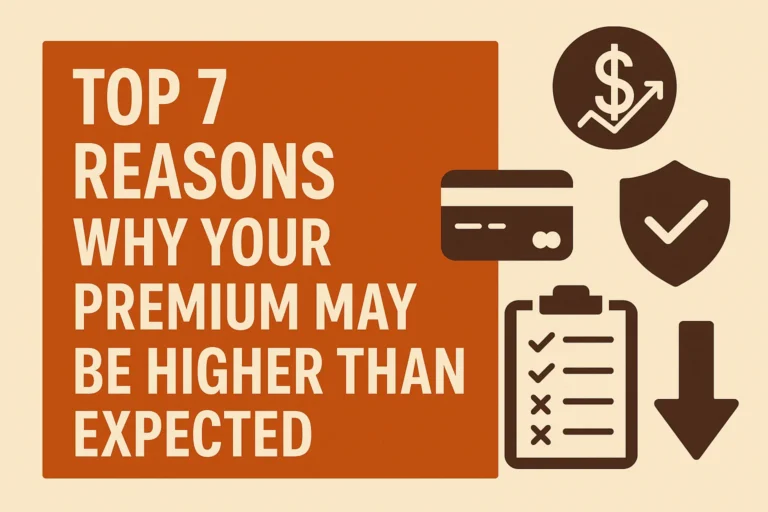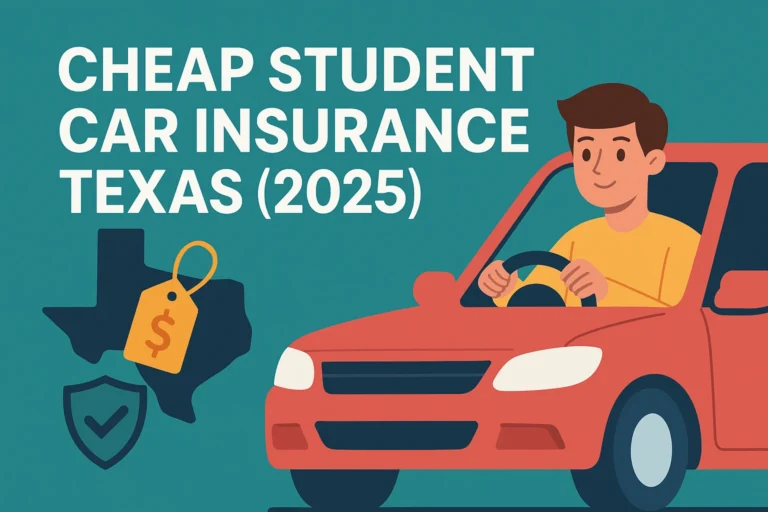Insurance fraud has evolved into a global issue, costing individuals and businesses billions of dollars annually. From fraudulent agents to fake policy websites, scam tactics have grown increasingly sophisticated. In this guide, we will explore the most effective ways to avoid falling victim to fake insurance scams. Whether you’re purchasing health, travel, life, or auto insurance, recognizing red flags and understanding industry standards can protect your financial wellbeing.
This article provides a comprehensive breakdown—backed by historical context, updated statistics, expert commentary, and sector-based analysis—on how to stay safe in a vulnerable and digitally exposed insurance market.
History and Evolution of Insurance Fraud
The concept of insurance fraud is as old as the insurance industry itself. Early cases can be traced back to maritime policies in 17th-century London. Merchants would intentionally sink ships to claim payouts—a form of fraud known today as “fake loss claims.”
In the 20th century, fraud evolved with consumer-facing insurance policies. Unscrupulous agents would fabricate policies or collect premiums without remitting them to carriers. Technological advancements in the 2000s introduced new threats: email phishing, cloned websites, and mobile app-based scams.
Regulatory agencies responded by enacting stringent measures. For instance, the U.S. established the National Insurance Crime Bureau (NICB) in 1992, while the UK reinforced anti-fraud divisions under the Financial Conduct Authority (FCA).
Today, fraudsters leverage AI-generated documents and spoofed communications to target vulnerable customers. As a result, awareness and digital literacy have become critical defenses.
Current Statistics and Data
To grasp the scale of insurance scams, let’s analyze the latest figures and market impact. According to the Coalition Against Insurance Fraud (2024):
- Annual insurance fraud losses exceed $308 billion in the U.S. alone.
- 40% of consumers cannot verify whether their policy is legitimate.
- 32% of fraud cases occur in online marketplaces or via messaging apps.
Table 1: Top 5 Insurance Sectors Affected by Fraud (2024)
| Insurance Type | Fraudulent Cases (%) | Estimated Loss (USD) |
|---|---|---|
| Health Insurance | 33% | $130B |
| Auto Insurance | 25% | $80B |
| Life Insurance | 15% | $42B |
| Travel Insurance | 12% | $30B |
| Property Insurance | 10% | $26B |
Table 2: Common Scam Tactics and Frequency
| Scam Method | Frequency (%) | First-Time Victim Rate (%) |
|---|---|---|
| Fake Policy Documents | 38% | 65% |
| Phishing Emails | 27% | 72% |
| Unauthorized Agents | 21% | 60% |
| Social Media Ads | 14% | 78% |
Sectoral Analysis of Scam Exposure
Health Insurance Sector
Due to high claim values and lack of direct employer involvement, health insurance scams are rampant. Fraudsters often impersonate healthcare providers or sell fake “discount health plans” that offer no real coverage.
Auto Insurance Sector
In auto insurance, common scams include ghost brokers—fake agents who sell invalid policies. There’s also a rise in staged accidents where parties conspire to fake collisions and file exaggerated claims.
Travel Insurance Sector
Tourists often fall prey to travel scams involving fake insurance packages marketed on third-party booking platforms. These often fail to cover emergencies and may vanish when a claim is filed.
Life Insurance Sector
Life insurance scams often involve beneficiaries unaware of forged signatures or nonexistent policies. Some fraudsters even create false death claims using fake IDs and forged death certificates.
Predictions and Future Trends
Based on current fraud indicators and AI adoption trends, the next decade is expected to bring both new challenges and improved defenses.
- AI-generated fake policies will become harder to detect without blockchain-based verification systems.
- Regulators will adopt real-time claim validation mechanisms using smart contracts.
- Insurance apps will require biometric logins and government ID checks for policy purchase.
- Public education campaigns are likely to increase, especially targeting seniors and first-time buyers.
Insurance providers will also invest heavily in fraud analytics tools such as IBM’s Fraud Detection AI or SAS Fraud Framework.
Expert Opinions and Academic References
According to Prof. David L. Yates from the University of Oxford’s Department of Risk Management:
“Insurance fraud today is less about paper-based tricks and more about exploiting systemic gaps in digital trust infrastructure.”
Additional research from the National Insurance Crime Bureau and the Coalition Against Insurance Fraud confirms a steady 7–10% increase in digital insurance fraud year-over-year.
For a deeper academic dive, see this peer-reviewed paper: Digital Risk Governance in Insurance: Fraud Mitigation Techniques (ScienceDirect, 2023).
Conclusion and Summary
As the insurance industry becomes more digitized, fraud tactics will continue to evolve. Recognizing the signs of a fake insurance scam is not just about saving money—it’s about preserving your legal and personal safety. From checking agent licensing to avoiding unsolicited offers and reading policy fine print, vigilance is your best defense.
Empower yourself with knowledge, consult licensed professionals, and report suspicious activity to national fraud hotlines. For more safety guidelines, check out:
- What You Should Know About Insurance for Rented Campus Housing
- Complete Guide to Best Travel Insurance Plans for Europe
Frequently Asked Questions (FAQs)
How can I verify if an insurance company is legitimate?
Use your national regulatory body’s registry. For example, in the U.S., check the NAIC’s Company Search.
What should I do if I suspect I’ve bought fake insurance?
Immediately stop payments, file a report with your national fraud agency, and consult a legal professional.
Is it safe to buy insurance online?
Yes, but only through verified platforms. Always cross-check the company’s domain, reviews, and licensing credentials.
